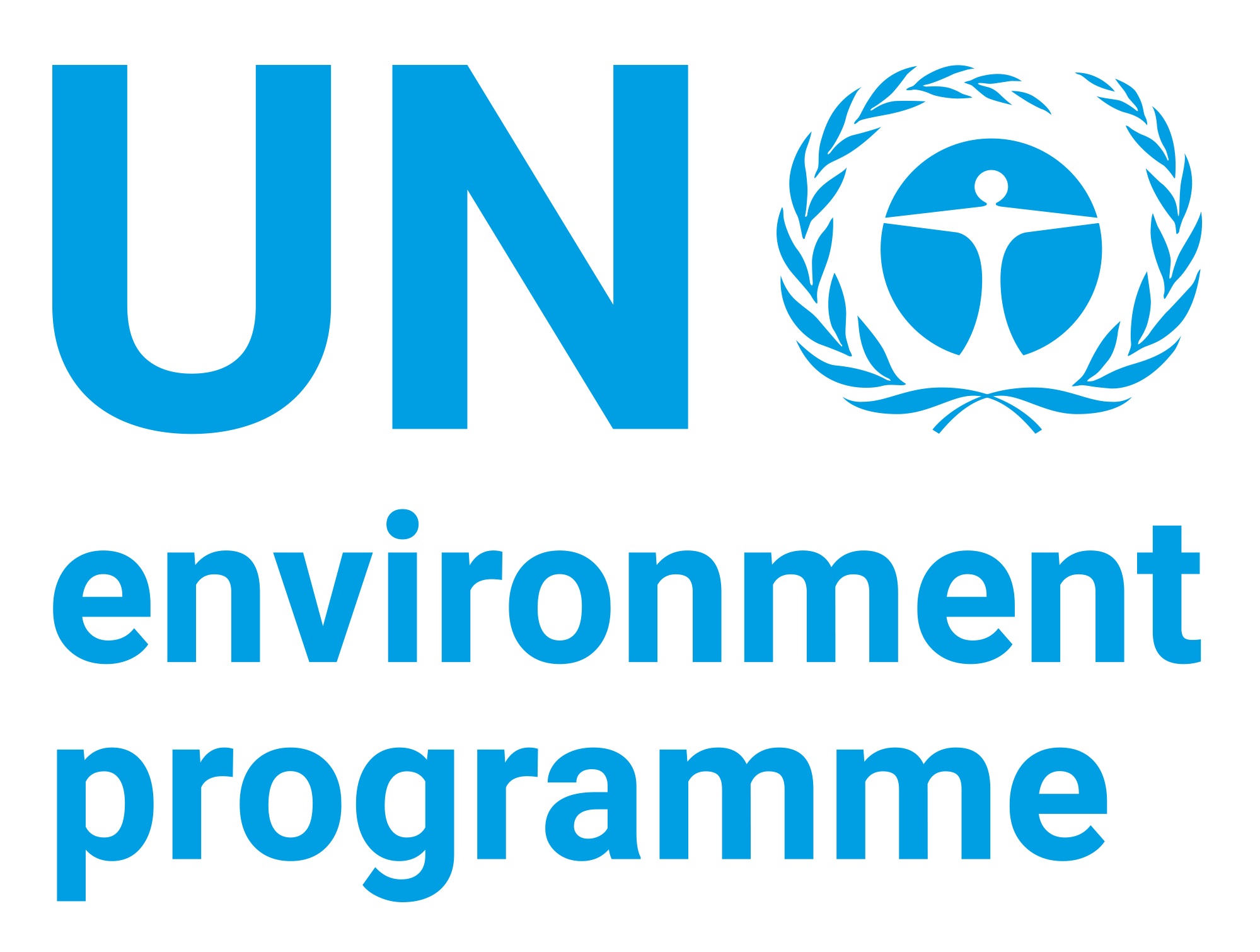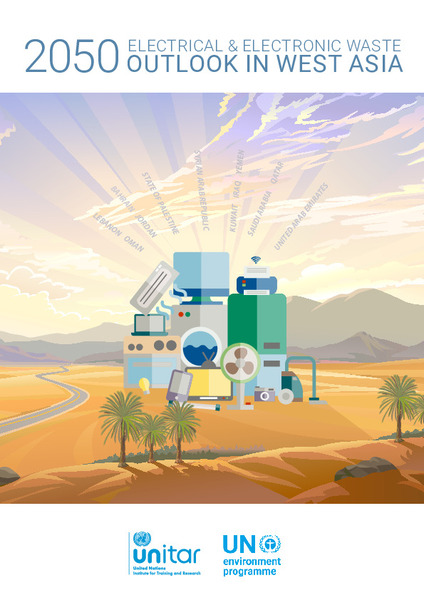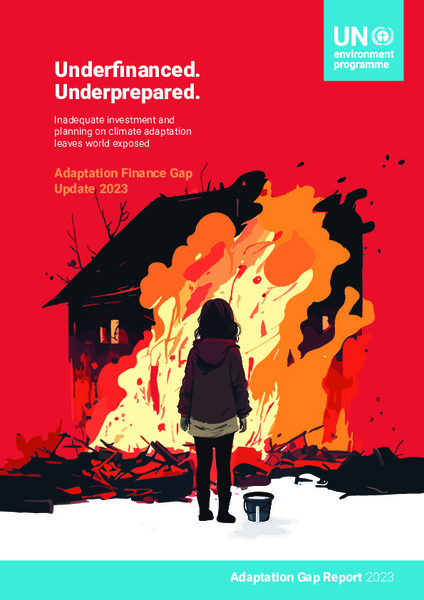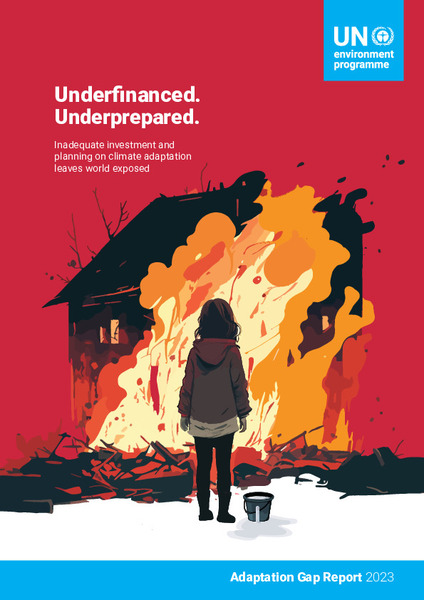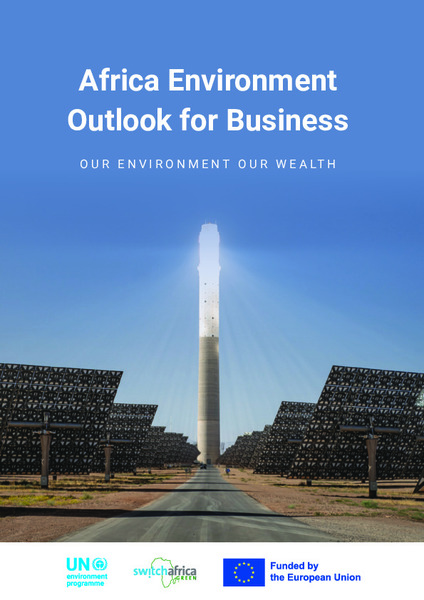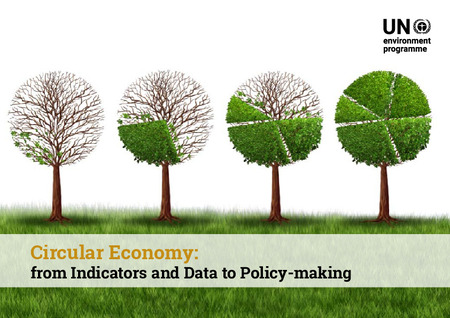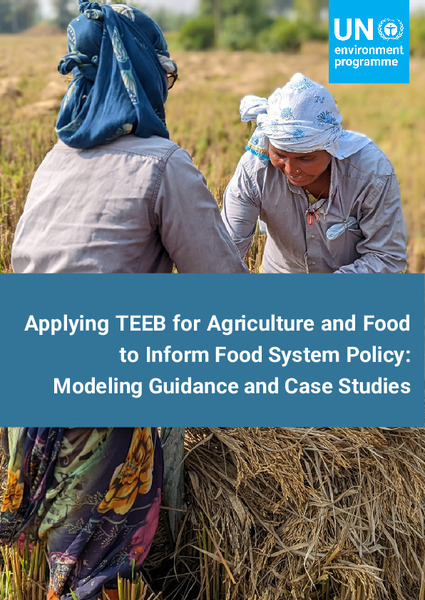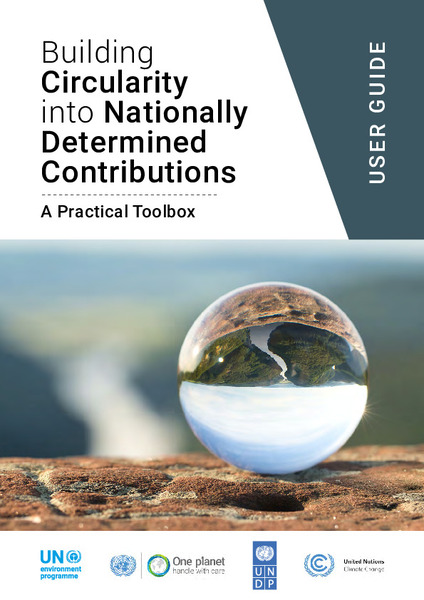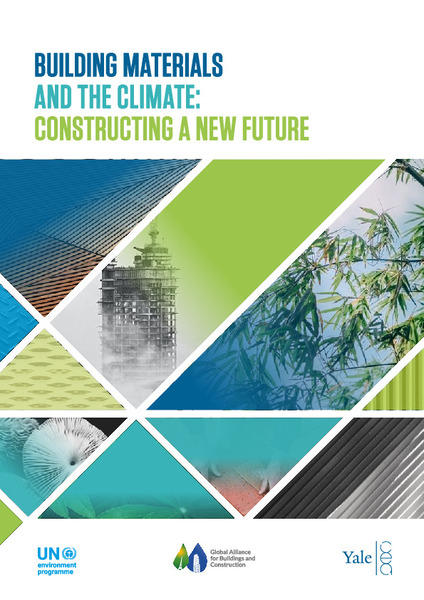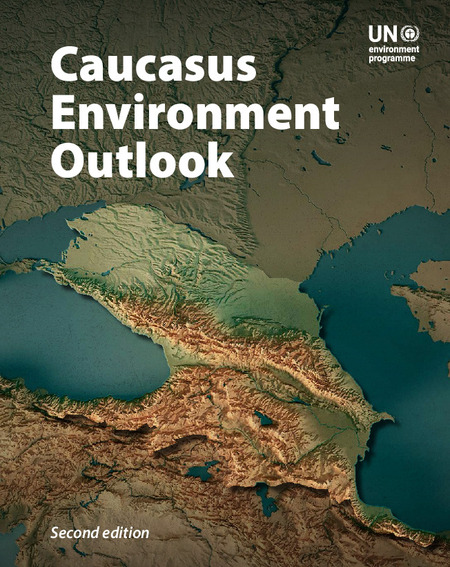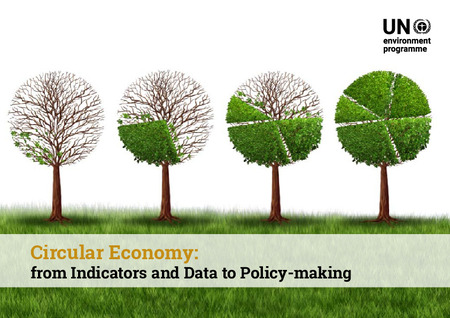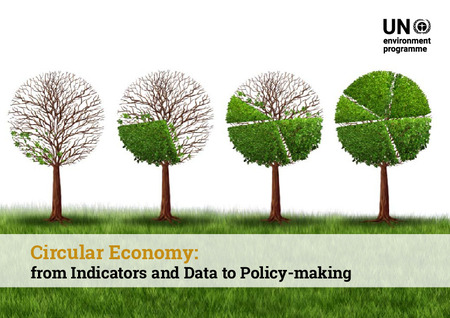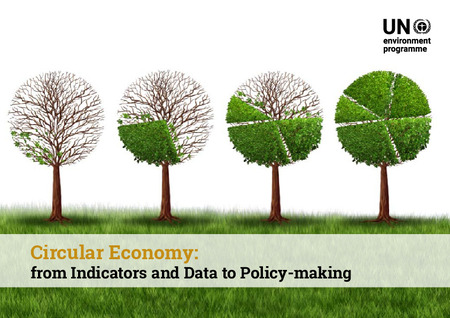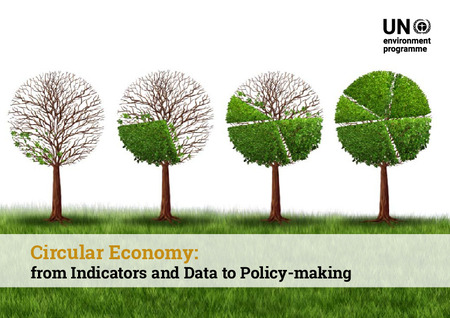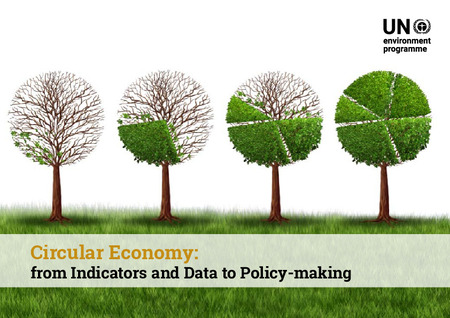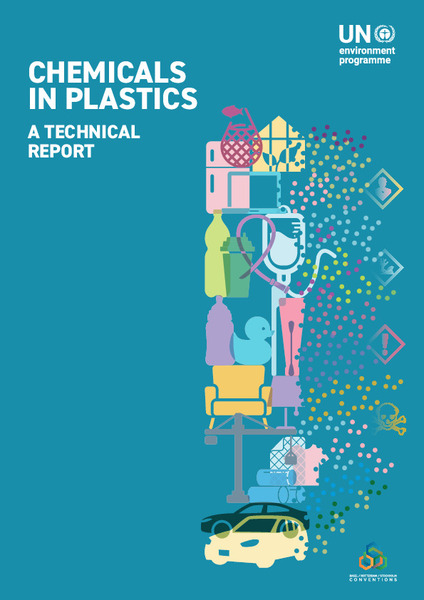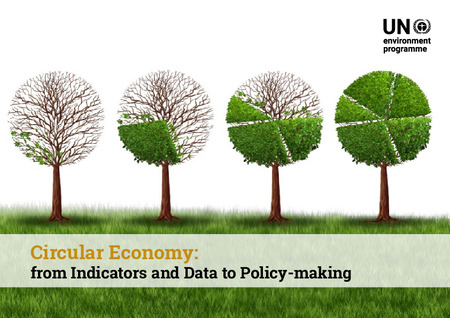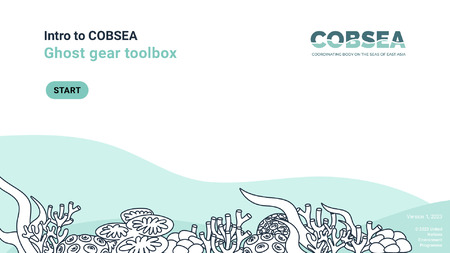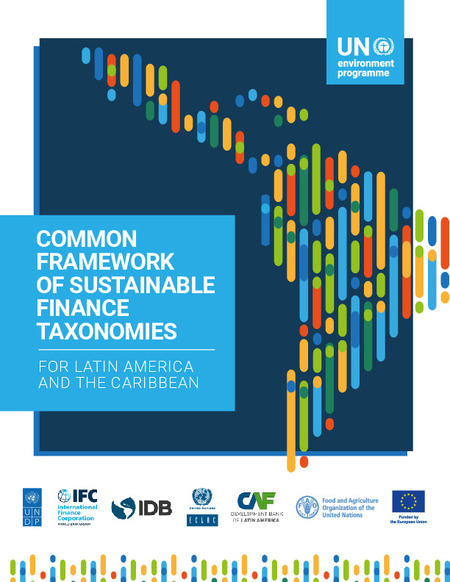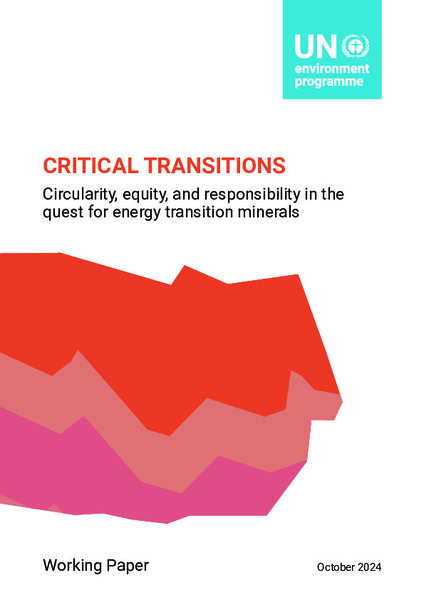Browsing UNEP Publications by Topic "Finance and Economic Transformations"
Now showing items 1-20 of 77
-
2050 Electronic and Electrical Waste Outlook in West Asia
(2023-03)This Outlook provides projections for e-waste generation and challenges of managing e-waste in an economically diverse West Asia region. It also provides a stepwise approach for countries to manage e-waste in an environmentally ... -
Accelerating the global adoption of energy-efficient electric motor systems - Policy guide
(United Nations Environment Programme, 2025-04)This document provides an overall reference source for policymakers in developing country and emerging economies to transition to energy-efficient motor systems. It offers an overview of all key elements for transforming ... -
Adaptation Finance Gap Update 2023 - Adaptation Gap Report 2023
(2023-11)UNEP’s Adaptation Gap Report 2023 has undertaken a comprehensive assessment of the literature and commissioned new studies to provide updated estimates of the cost of adaptation and current adaptation finance flows, and ... -
Adaptation Gap Report 2023: Underfinanced. Underprepared. Inadequate investment and planning on climate adaptation leaves world exposed
(United Nations Environment Programme, 2023-11)The UNEP Adaptation Gap Report (AGR) series provides an annual science-based assessment of the global progress on adaptation planning, financing, and implementation. It also explores options for enhancing and advancing ... -
Africa Environment Outlook for Business: Our Environment Our Health
(United Nations Environment Programme, 2023-08)AEO for Business aims to identify and document options for stimulating the linkages between business and environmental sustainability in Africa while augmenting their benefits to people, nature, and economies and achieving ... -
Annexes: Circular Economy: From Indicators and Data to Policy-making
(2024-02)The annexes of the Circular Economy: from indicators and data to policy-making contains the geographical distribution, list of variables with available data as well as the metadata for circular economy core indicators. -
Applying TEEB for Agriculture and Food to Inform Food System Policy: Modeling Guidance and Case Studies
(2024-09)This guide is a ‘how-to’ guide and proof of concept, i.e., (i) how to formulate the policy scenarios that TEEB Agrifood is applied to, (ii) what data, methods and disciplinary expertise are required, (iii) what is the ... -
Building Circularity into Nationally Determined Contributions - A Practical Toolbox User Guide
(United Nations Environment Programme, United Nations Development Programme and Secretariat of the United Nations Framework Convention on Climate Change, 2023-10)The “building circularity into NDCs” user guide and digital toolbox aim to support countries to assess, prioritize, implement and track circular economy interventions for increased ambition and implementation of their NDCs. ... -
Building Materials and the Climate: Constructing a New Future
(United Nations Environment Programme, 2023-09)This report highlights the urgent need to develop new models for cooperation on the decarbonisation of building materials, if the world is to reach its goals for net zero emissions from the built environment sector by the ... -
Caucasus Environment Outlook - Second edition
(United Nations Environment Programme, 2024-11)The second edition of the Caucasus Environment Outlook (CEO-2) emphasizes in its nine chapters the importance of regional environmental monitoring through a participatory and consultative approach. It explores the latest ... -
Chapter 1/6: Introduction - Circular Economy: From Indicators and Data to Policy-making
(2024-02)This report aims to map data at national, regional, and global levels, for core Circular Economy (CE) Indicators of the Joint UNECE/OECD Guidelines for measuring circular economy part A: conceptual framework, statistical ... -
Chapter 3/6: Data Availability - Circular Economy: From Indicators and Data to Policy-making
(2024-02)Circular economy is a recent thematic topic, whose boundaries definition is still in progress, and many indicators are not yet well-defined. In general, the information required to populate the circular economy indicators ... -
Chapter 4/6: Data Gaps - Circular Economy: From Indicators and Data to Policy-making
(2024-02)Four out of the initial list of 15 circular economy core indicators are unavailable (as of October 2023). Considering proxy indicators, only 3 out of 15 indicators are not available. Regarding the various themes of the ... -
Chapter 5/6: Policy-making and the Use of Circular Economy Indicators - Circular Economy: From Indicators and Data to Policy-making
(2024-02)This section analyses how circular economy indicators can help countries to shift from a linear to a circular economy. The first part focuses on presenting examples of the different instruments that can be used at national ... -
Chapter 6/6: Conclusions - Circular Economy: From Indicators and Data to Policy-making
(2024-02)Shifting from a linear to a circular economy model is a complex, lengthy and challenging process. It requires countries to undergo structural changes and intensive technical support. There is no universal solution to apply ... -
Chemicals in Plastics - A Technical Report
(2023-05)This report aims to inform the global community about the chemical-related issues of plastic pollution and options to address them. It also aims to support the negotiation process to develop the instrument on plastic ... -
Circular Economy: From Indicators and Data to Policy-making
(United Nations Environment Programme, 2024-02)This report aims to map data at national, regional, and global levels, for core Circular Economy Indicators based on the Guidelines for measuring circular economy to assess the availability and accessibility of circular ... -
COBSEA Ghost Gear Toolbox
(2023-08)The aim of the toolbox is to provide tools and guidance on environmentally sound and inclusive ghost gear prevention, mitigation, and management for the East Asian Seas region and share good practices for replication. The ... -
Common Framework of Sustainable Finance Taxonomies for Latin America and the Caribbean
(2023-07)The Common Framework of Sustainable Finance Taxonomies for Latin American and the Caribbean is a guidance document that can serve as a voluntary reference to orient LAC member states that are in the process of or intend ... -
Critical Transitions: Circularity, equity, and responsibility in the quest for energy transition minerals - Working Paper
(United Nations Environment Programme, 2024-11)The world needs vast quantities of minerals to leave the fossil fuel age behind, but these must be produced in a manner that is neither socially nor environmentally damaging. And, it needs to be done quickly. Unless the ...
